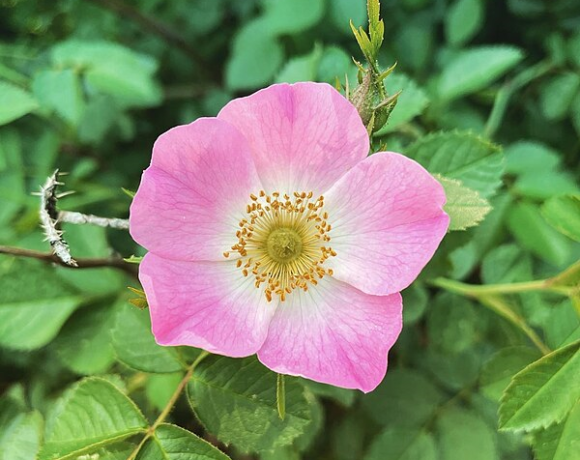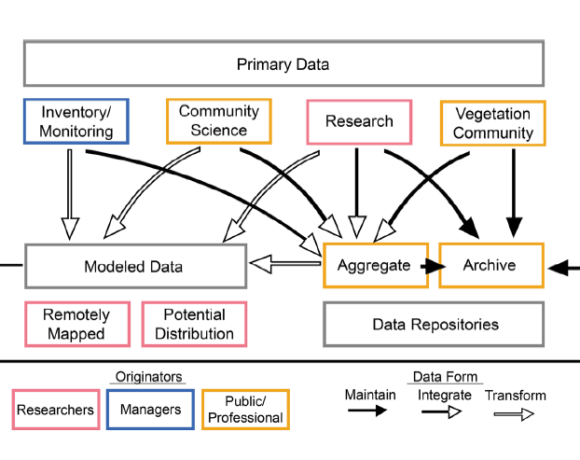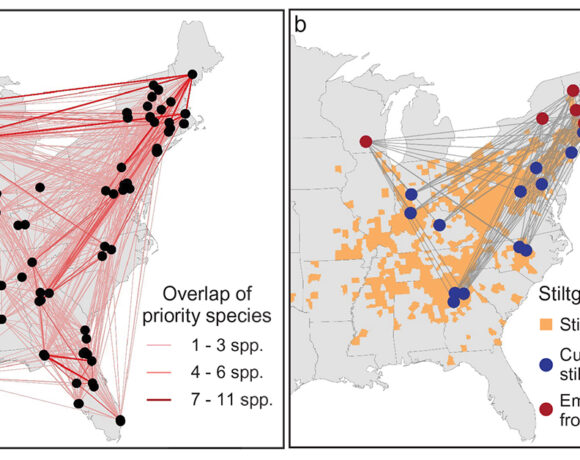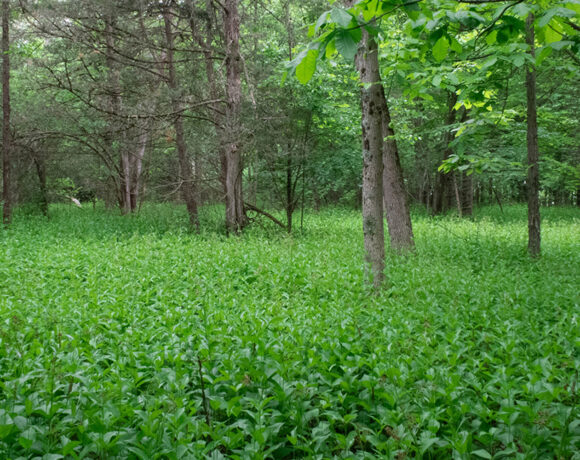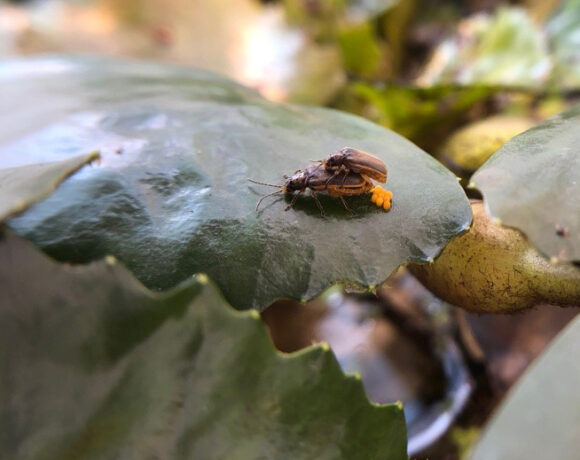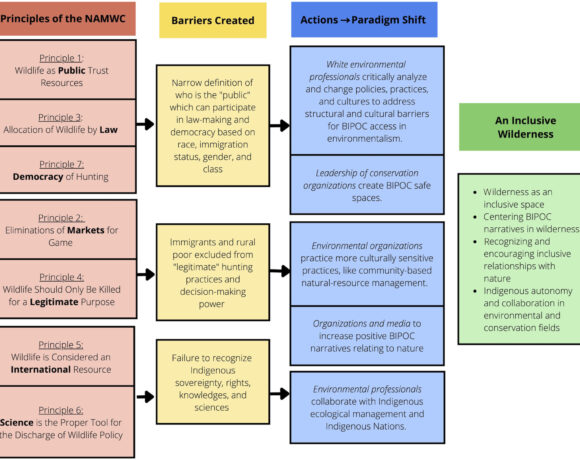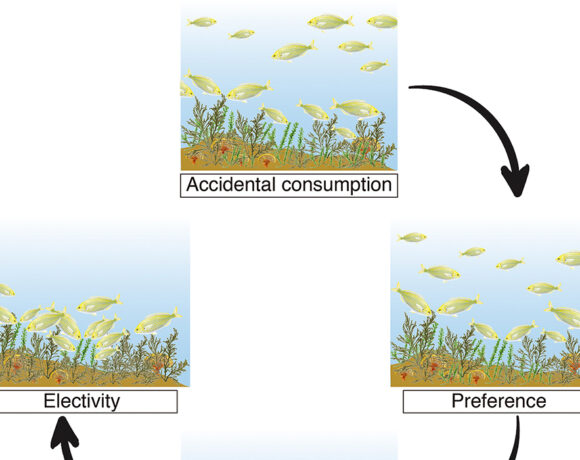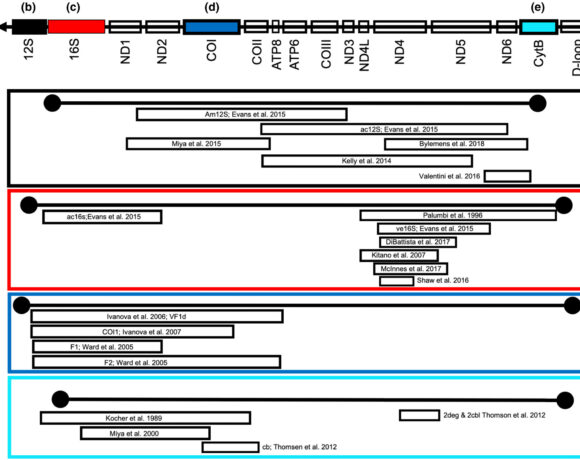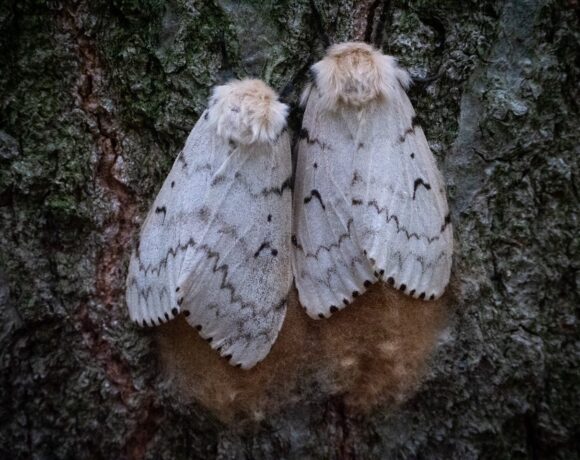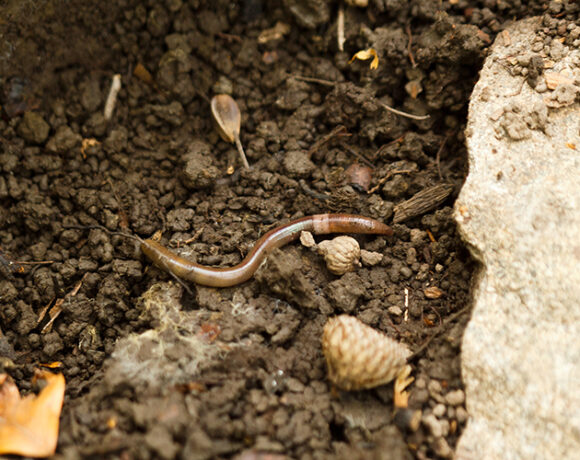Emerging from the forest: invasive plant removal impacts on salamanders
Lehtinen, R.M., Hartman, H., Marlowe, B., and Rojas, A. 2022. Evidence for Negative Impacts on Terrestrial Salamanders following Invasive Plant Removal. Journal of Herpetology 56(1): 92-98. https://doi.org/10.1670/21-018
Summary written by Justin Dalaba, edited by Audrey Bowe
With Spring setting in, plants are not the only thing emerging from the forest floor. Amphibians, including many frog and salamander species are on the move, but how might invasive plant management impact these ecologically important taxa?
Summary
Removing invasive plants is common practice to protect native biodiversity, but the impacts on nontarget organisms are often unknown. Few studies have quantified changes associated with invasive plant removal on understudied species like salamanders, such as changes to soil chemistry, vegetation cover, or altered microclimates. Many invasive plants are known to alter soil chemistry that can impact soil-associated organisms, yet potential effects on native amphibians may be positive, negative, or neutral. In this experimental approach, Lehtinen et al. compare terrestrial salamander occurrence across three mature forest field sites where invasive plants had been manually removed. Each site included eight treated plots and eight undisturbed control plots. They also examined salamander behavioral changes in response to laboratory exposure to root extracts of native (Christmas fern, Polystichum acrostichoides) and invasive (garlic mustard, Alliaria petiolata, and bush honeysuckle Lonicera spp.) plants. Over three years, they found significantly more coverboards occupied by Northern Ravine Salamanders (Plethodon electromorphus) in undisturbed plots compared to those where invasive plants were removed. They compared abiotic factors across plots, including soil temperature, moisture, and leaf litter depth, and found soil moisture to be significantly higher in treatment plots. In the lab, they found no significant change in response to root extracts from native versus invasive plants. These results suggest that certain terrestrial salamanders may not be negatively impacted by invasive plant presence, however invasive plant removal may have unintended negative effects on terrestrial salamander populations.
Key take-aways:
- Field experiment results suggest that invasive plant removal may have negative impacts on Northern Ravine Salamanders, consistent with previous research showing that invasive plants are likely not the primary cause of salamander declines
- Reduced occupancy of Northern Ravine Salamanders was strongest at most heavily invaded sites
- Laboratory exposure of Northern Two-Lined salamanders to plant root extracts showed no difference in preference between native and invasive plant species
Management implications:
- While invasive plant control is often used to conserve biodiversity and benefit native species, it is important to consider unintended negative consequences following removal, particularly for soil-dependent species
- Invasive plant removal may need to be accompanied by active restoration of native understory plants rather than passive recovery to avoid impacts on terrestrial salamanders, especially in heavily invaded areas


